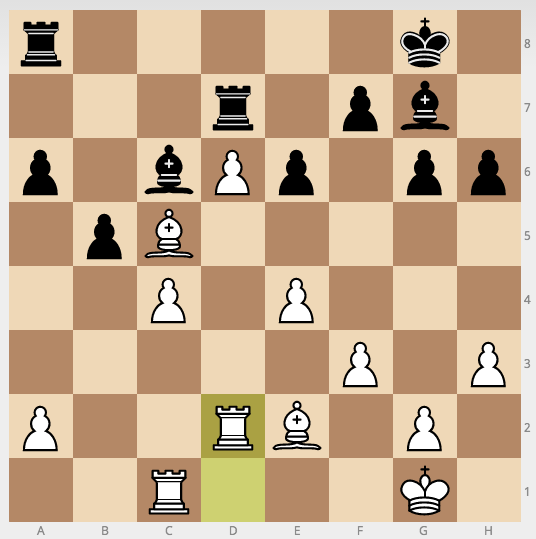
Image: lichess
The chess world championship is currently running in New York / USA, where titleholder Magnus Carlsen is challenged by Sergej Karjakin. By Nov 30, 2016, the world champion will be determined. Chess computers have been the most important training resource for tournament players for a long time. „From the beginning of AI research on, chess has been seen as a benchmark for intelligent systems.“, says Dr. Joschka Bödecker from the Department of Computer Science and researcher at BrainLinks-BrainTools. In the late 1970s, the first high-performance programs came out, and in 1997, the artificial intelligence of IBM’s supercomputer Deep Blue beat former world champion Garri Kasparov. „In chess, millions of possible positions can arise within very few moves. Deep Blue was able to cut off or bypass the search of moves, which was very time-consuming in spite of the computer’s calculatory power.“, explains Bödecker. „For this purpose, the system scans through tournament databases for similiar situations and scores the success perspectives under, for instance, the value of chess pieces.“ Today’s systems are functioning in a similar way and are usually so strong that human competitors can hardly beat them.
Read the whole (German-language) article in Freiburg University’s Expert Database...